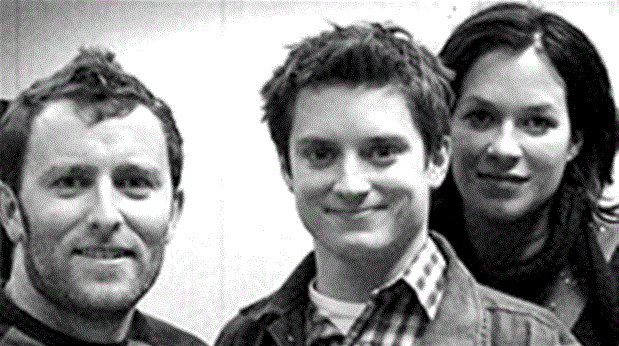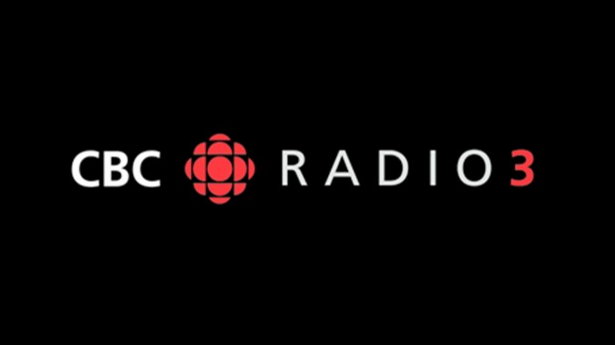Radio 3 Timeline
"From 1998 to present day, and beyond. This is the definitive Radio 3 timeline."
1998/1999
The idea for Radio 3 is hatched by CBC executives Robert Ouimet, Loc Dao (who created Realtime on Radio 2), Anton Leo, Susan Englebert, and Bill Smith (who created DNTO on Radio 1). Radio 3 was to be a youth-oriented national terrestrial radio network based on BBC Radio 1 in the UK and Triple J in Australia.
After many months of preparation, in which the code name "clubhouse" is implemented due to the amount of secrecy surrounding the project - and the amount of clubhouse sandwiches consumed during the planning - the proposal was ready to submit to the CRTC.
However, the top brass of the CBC pulled the application, because it didn't seem prudent to be applying to launch a new network when Radio 2 was going through a deep round of budget cuts in the late 1990s. The team is asked to somehow re-imagine the idea of CBC Radio 3.
2000
The team decides to take it to the internet, and launches three separate sites: JustConcerts.com for live recordings of concerts and in-studio sessions; 120seconds.com for user videos and documentaries; and NewMusicCanada.com, a database for Canadian musicians to upload their music. The first artist to create his own page? Halifax hip hop musician Classified. Mary-Anne Korosi curated the page then, and still manages the artists pages to this day for CBCMusic.ca.
2001
Grant Lawrence becomes the host of RadioSonic, heard every Saturday night from 7pm - 10pm on CBC Radio 2. (Grant was previously host of the late night experimental Radio 2 program Radio Escapade). RadioSonic played a mix of Canadian and international music and featured a string of high profile guests, including Radiohead, Johnny Rotten, Steve Earle, William Shatner, and Elijah Wood.
2002
Executive producer Rob McLaughlin, director Robert Ouimet, and a support staff of thirty producers, writers, and graphic designers, launch the CBC Radio 3 online magazine, a full screen web experience, with weekly issues filled with articles, photography, short films, and streaming playlists of Canadian music. The web magazine is an internet first, and wins over 20 awards, including three Webby Awards.
2003
The CBC Radio 3 logo circa 2003. This was the year that RadioSonic officially rebranded as CBC Radio 3 on Saturday nights on Radio 2... which was confusing, but fun. Alexis Mazurin was brought in to join Grant for a "hostless" season of produced features using content from the R3 online magazine. The experimental prime time show wins a coveted New York Festivals Grand Award for Best Radio show for the 2013/2014 (sic) season.
2004
In an effort to connect the burgeoning national Canadian independent music scene, CBC Radio 3 producers Andrea Gin and Don Pennington create the Connect The Dots national tour, featuring a different line up of bands in every major city across Canada, including The Unicorns, the Super Friendz, the Deadly Snakes, Young and Sexy, Dragon Fli Empire and many others.
The CBC Radio 3 logo circa 2004
Steve Pratt officially becomes the new director of CBC Radio 3 late in the year, replacing Robert Ouimet. The Radio 3 magazine celebrates its final issue, and all three original websites, still operating as separate satellites, are brought together under one banner of cbcradio3.com.
2015
March 27: Grant Lawrence and Lana Gay provide R3's last live shows. March 30: the official date of R3 no longer features live hosting.
2016
Friday, June 24 - R3xit:
- Last day for Mega-blogging
- Last day for listening to R3 from a mobile device outside Canada

